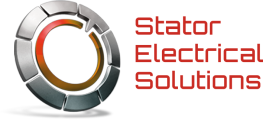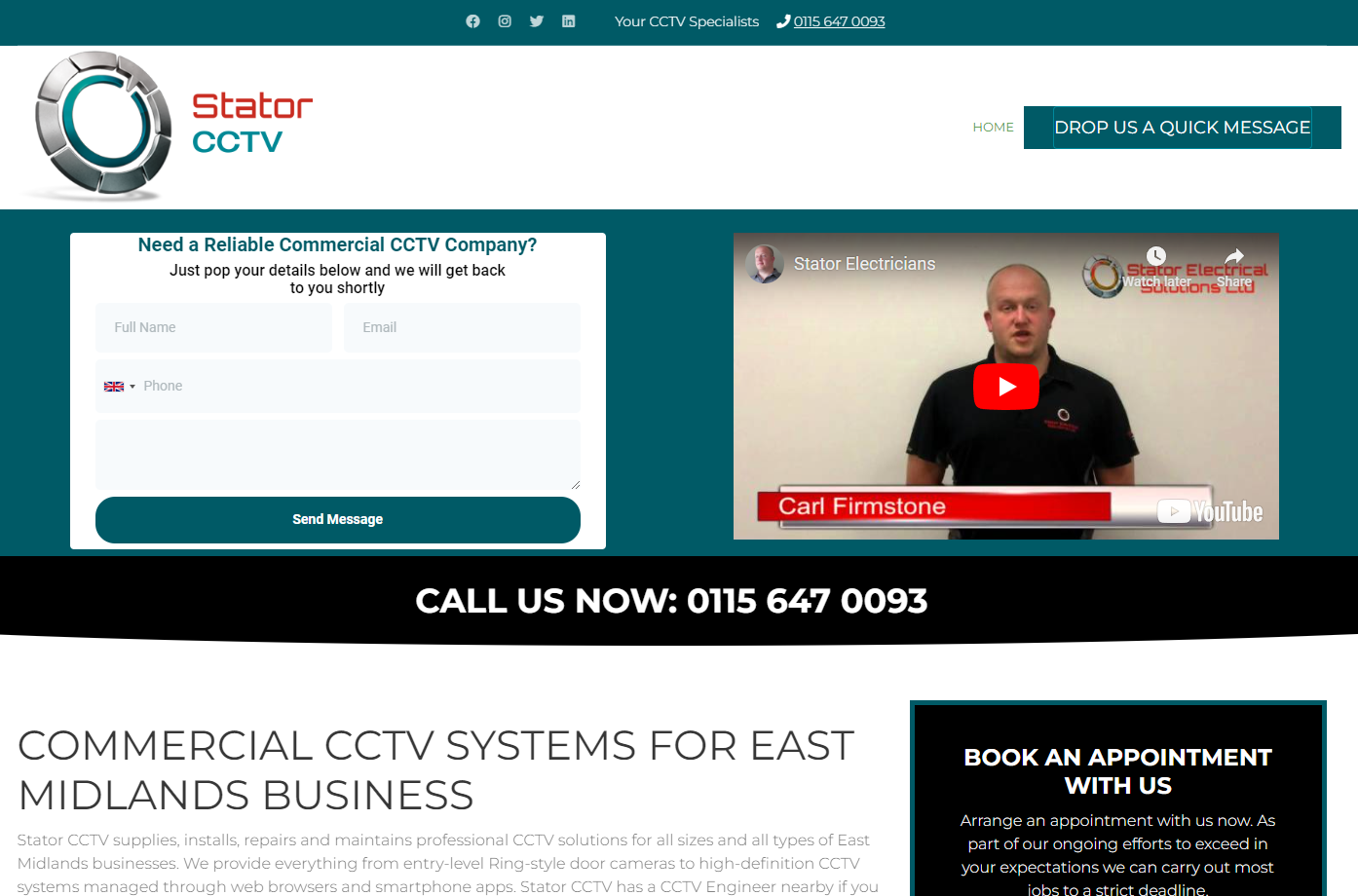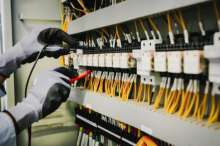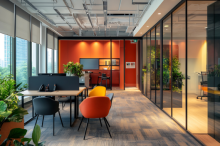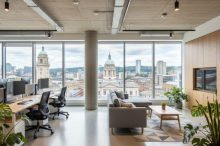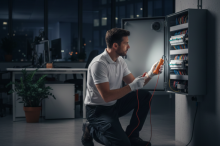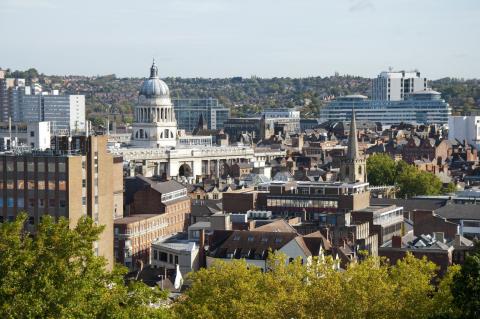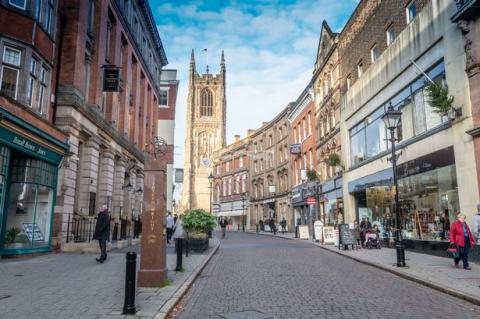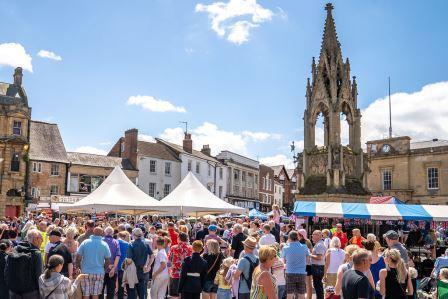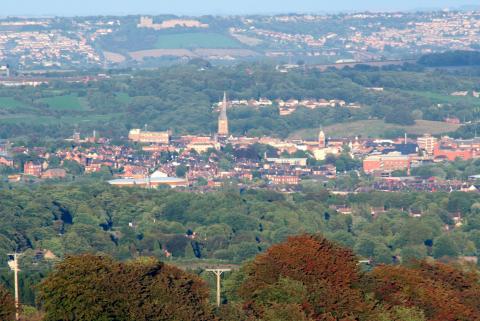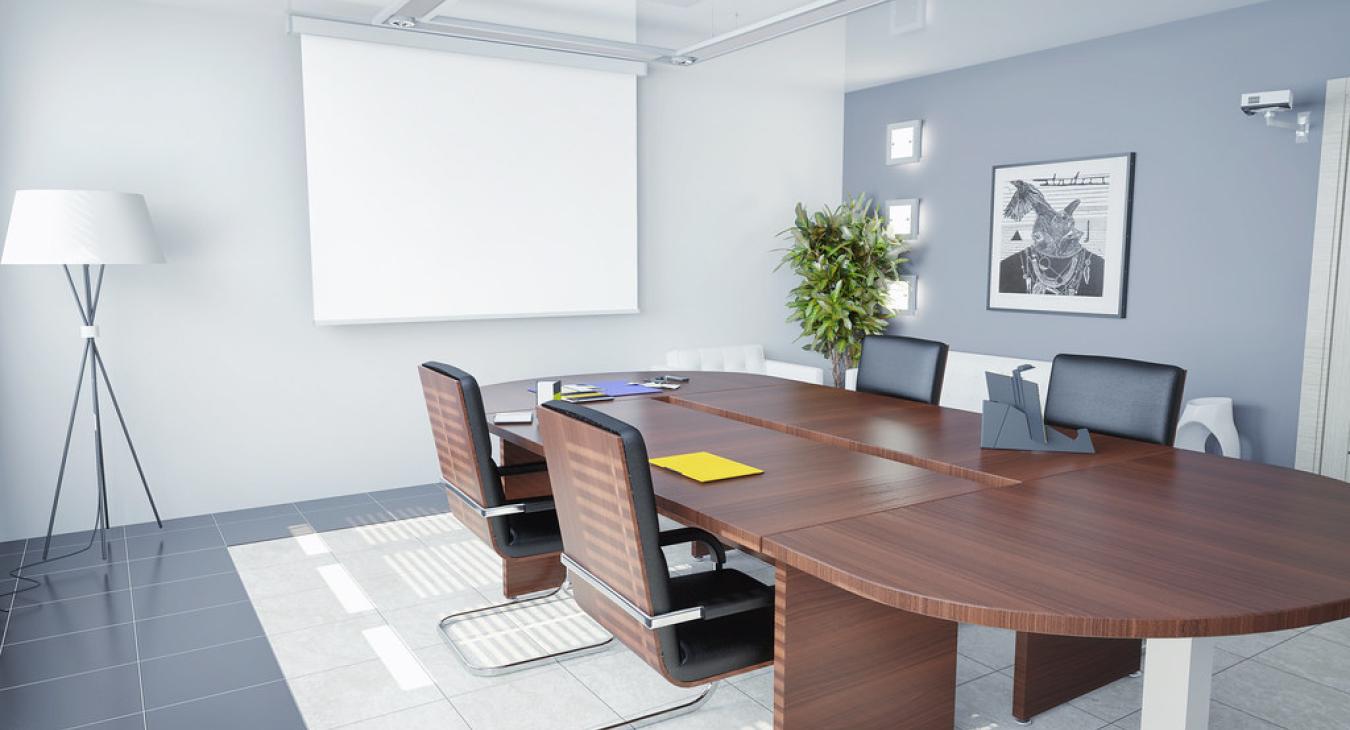
Business owners and decision makers are always on the lookout for ways they can help their team increase productivity. If you’re running or managing a business, there are two very good reasons for you to pay attention to the lighting in your office space:
- It affects the performance of everyone who works there.
- It makes an impression on every client that visits.
LIGHTING PSYCHOLOGY
It’s a well-known fact that light affects mood. If you manage to get the lighting right in your office space, you could see productivity improve significantly. From sleep patterns to decision-making, the quality of light we have contributes to our best functioning. In a perfect working world, we’d have lots of natural light – enough for everyone … but in the real world of office blocks, long nights and built-up city centres, Mother Nature needs a helping hand.
These are the three main types of lighting you need to bear in mind:
AMBIENT LIGHTING – as the name suggests, this is the overall, first ‘layer’ of light in the room. Too dim, your staff members will fall asleep. Too bright, they’ll be agitated and uncomfortable. To get the right level of ambient light, experiment with overhead light (preferably not the cheap and nasty, flickering fluorescent tube) and standing floor lights spaced around the entire area.
TASK LIGHTING – this is where the magic starts to happen. When you introduce individual pools of light that are dedicated to highlighting one specific thing (the architect’s drawing board in the corner, the PA’s filing cabinet, the watercooler in the waiting area), it creates the second layer of light. Together with the ambient lighting, the task lighting adds form to function and warmth to the working space. Now, the light in the room is textured rather than one blanket brightness throughout.
ACCENT LIGHTING – is more for the sake of your brand image, really, than your staff’s wellbeing or ability to work. A trained light that’s around three times brighter than the rest of the lighting in the room can pick out pieces that you want to show off. Testimonials, certifications, a piece of artwork … highlighting these elements can add a sense of drama to a space and really impress your clients.
Think about your brand and what you’d like your lighting to achieve for you. How could you use light more creatively at work? A few ideas:
- You could use spotlights to guide visitors to a waiting area.
- Coloured lighting is wonderful for setting mood – if you want to subconsciously prepare a client for a meeting, then set the right tone in the waiting room with a coloured bulb.
- Although a boardroom needs a bright ambience, you can always do better than a fluorescent overhead. Try a chandelier with LED bulbs, boosted by accent or task lighting around the room. What a talking piece!
- Add dimmer switches to meeting rooms and relaxing zones. Allowing your staff to control the lighting is a gesture that will pay off very soon; the more content your team is, the better its productivity.
Be bold: use all sorts of colours, brightness, lampshades of different sizes, fabrics and colours – and see what works. What do people say? How does it make them feel?
Remember, lighting is responsible for impressing your clients as well as taking care of your staff.
Getting creative with your lighting doesn’t have to be expensive. There are so many new products and energy-saving lighting solutions on the market these days. Talk to a knowledgeable, reputable electrician about what can be achieved with lighting design at work.
